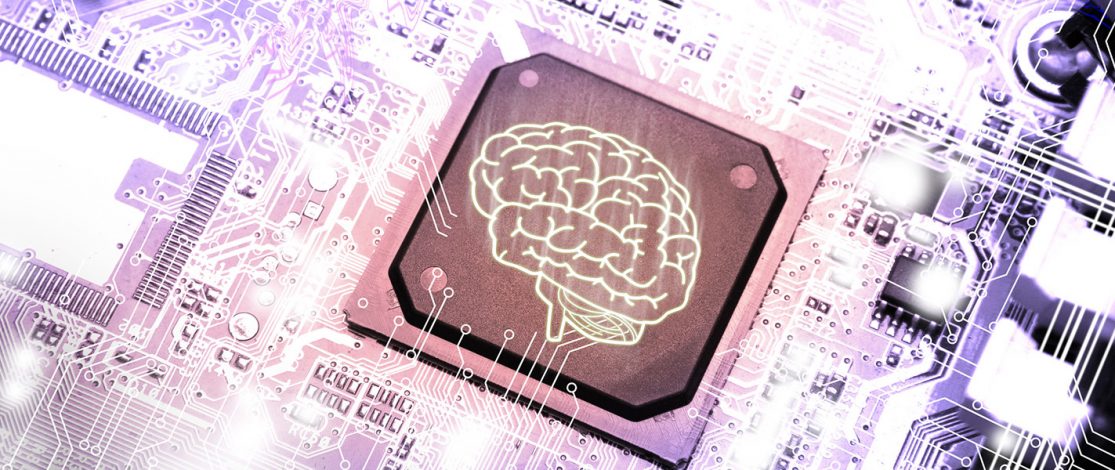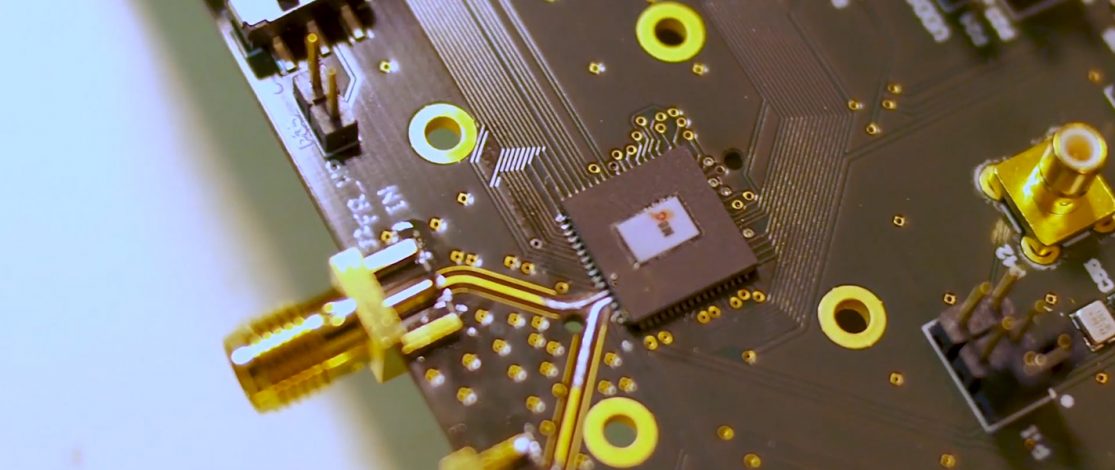The pervasive use of digital technology in all areas of industry from product design to manufacturing is rapidly ushering in a new industrial era. The widespread adoption of smarter, more connected technologies is opening the door to more agile, flexible, and productive factories whose environmental impacts can be mitigated.
France’s industrial economy is backsliding—the share of GDP generated by industry has dropped 10 points since 1980 to less than 14%, according to a recent French government report—but the nation’s factories can make a comeback! They will be more agile and optimized and will continuously extract value from the data they produce. The steam engine, electric power, and the first personal computers reshaped the face of industry. Today, the widespread use of interconnected digital systems is propelling industry into its fourth historic revolution. When surveyed, 80% of business leaders expect these new tools to have a significant impact on their businesses. They mention more precise monitoring of production, productivity gains, and improved responsiveness to customer needs. Why is this revolution happening now? Firstly, because data can now be sent continuously over the Internet to feed powerful analysis tools. Secondly, because computing power has increased to the point where data can be processed and answers provided in real time. This means that a machine can be connected to an entire production chain and can perform a multitude of perfectly controlled industrial tasks autonomously. By continuously analyzing the thousands of operations required to manufacture a product, artificial intelligence (AI) can detect the slightest deviation. And help humans make decisions when faced with a barrage of information that they cannot process fast enough. As the revolution reaches its apogee, AI will become an agile and effective supervisor, automatically identifying any anomaly on a production line and optimizing processes to save time, materials, and energy.

Myriad sensors and cyberphysical systems capture and transmit up-to-date data used to monitor processes and predict malfunctions.

Smarter, more flexible, and—above all—safer for the humans working alongside it, the collaborative industrial robot now has everything it needs to increase productivity.

Fed with live data, the simulation builds digital twins that help predict breakdowns and make the production line flexible.

Highly flexible and resource efficient, additive manufacturing is revolutionizing the way we produce objects, allowing us to customize them to specific needs.

ArcelorMittal manufactures sheet metal by rolling it hot at 20 meters per second. Detecting manufacturing defects in this harsh environment poses some obvious challenges. CEA-List worked with the company to develop a computer vision system that can detect 95% of defects down to 1 mm.
The Industry 4.0 concept took shape in the 2010s, spurred by Germany’s desire to make its industrial economy more competitive and return to its former position as an industrial leader. Productivity-boosting robots were rolled out massively, and fully automated plants became the new standard. While this strategy has proven effective in the automotive and other heavy manufacturing industries, its limitations are now apparent. Primarily for safety reasons, these industrial robots need to be totally isolated from human workers. They also require specific programming skills. German-style mass robotization is not as good a match for France’s industrial economy with its many smaller companies that do not necessarily have the know-how they need in house. CEA-List is heading down a new path with its industrial R&D partners, developing a new concept called “Collaborative Robotics 5.0,” in which collaborative robots, or “cobots,” work with humans. The goal is to build robots that can infer the intentions of the human beside them, creating fluid, natural collaboration between human and machine. Imagine, for example, a cobot and a human carrying a heavy object together: The robot will be able to anticipate its human colleague’s intentions without any specific programming.
Safran approached CEA-List to design an articulated arm to assist the three technicians previously needed to move and assemble a 50 kg part on its Leap engine assembly line, a process that took three hours. The cobot’s zero-gravity assistance and safe guidance capabilities reduced the team to a single person and the operation to just half an hour. The freed-up resources are now deployed elsewhere.
The cobot’s arm locks almost instantaneously as soon as it detects a risk of accidental contact with a human worker.
Cobots learn by imitating gestures. A human operator can simply take a cobot’s arm and show it what to do. Some cobots also have vision learning capabilities, “seeing” through cameras. And some understand natural language, so operators can simply tell them what to do.
A cobot can be assigned to one task in the morning and another in the afternoon. A major advantage for small companies with a variety of different needs.
The most highly robotized countries, such as Germany, South Korea, and the United States, are also those with the highest employment rates. So, robotization is not synonymous with unemployment, but rather with a transition to roles that deliver higher added value. There is a shift in employment quality toward jobs with more varied tasks, which make a number of occupations more attractive.
The digital twin, a kind of advanced digital simulation of an object or process, is revolutionizing the way we approach manufacturing. All possible scenarios can be simulated and tested, weaknesses can be identified, and the impact of integrating new equipment—like cobots—analyzed, with zero risk, simply by tweaking the relevant parameters in the digital twin. When combined with sensors supplying real physical data about the industrial object, digital twins can also provide realistic, up-to-date, interactive monitoring.
CEA-List has developed various digital twins to meet the specific needs of its industrial partners. One example is the digital twin recently designed by CEA-List for a packaging line in a food processing plant. This digital twin has eliminated the several days previously required to configure new machines being installed on the line. Machines are configured ahead of time on the digital twin, instead. Fed with real data from the physical production line, the digital twin’s AI system detects process drift, alerts managers to potential breakdowns, and facilitates advance planning of maintenance.
Digital twins can be used to design plug-and-produce factories with flexible, automated lines that can adapt quickly and nimbly to any change in production. The technology meets the need of industrial SMEs to respond rapidly to changes in their markets.
One of the challenges the Factory of the Future must tackle is how to limit environmental impacts. This means optimizing the amount of materials needed for production and calculating the carbon footprint of each process—both of which can be made easier using digital technologies. Additive manufacturing techniques like 3D printing also help by using less material and optimizing the manufacturing process for products that can be customized as needed.
But digital technologies can go even further. They can be used to assign a carbon score to each process as a basis for continuous improvement of environmental performance, for example. Distributed databases and blockchain-style ledgers provide a reliable way to verify all product processes at any time and to calculate a comprehensive carbon footprint, covering everything from extracting the raw materials to delivering the end product to the customer. And this can be achieved on a global scale.
Academic researchers will play a role in developing technologies that provide infallible traceability. For example, CEA-List is working with startup Connecting Food to develop blockchain-based technologies that provide full traceability of dairy products and give customers a guarantee that the products they are buying comply with environmental standards.
Implementing these solutions means exchanging data, and lots of it. This carries a very high energy and environmental cost. CEA-List’s responsibility—and that of everyone involved in the digital factory—is to design technologies that are resource-efficient and cost-effective but still perform well. This responsibility extends to developing frugal systems that can make decisions using very little data and process it using minimal energy.

SamurAI is a chip designed for the Internet of Things, capable of recognizing images and key words spoken in natural language. The combination of performance and energy efficiency makes SamurAI an ideal solution for artificial intelligence embedded in IoT devices—Edge AI. Processing is performed as close as possible to the sensors, reducing energy consumption and latency while ensuring data confidentiality.